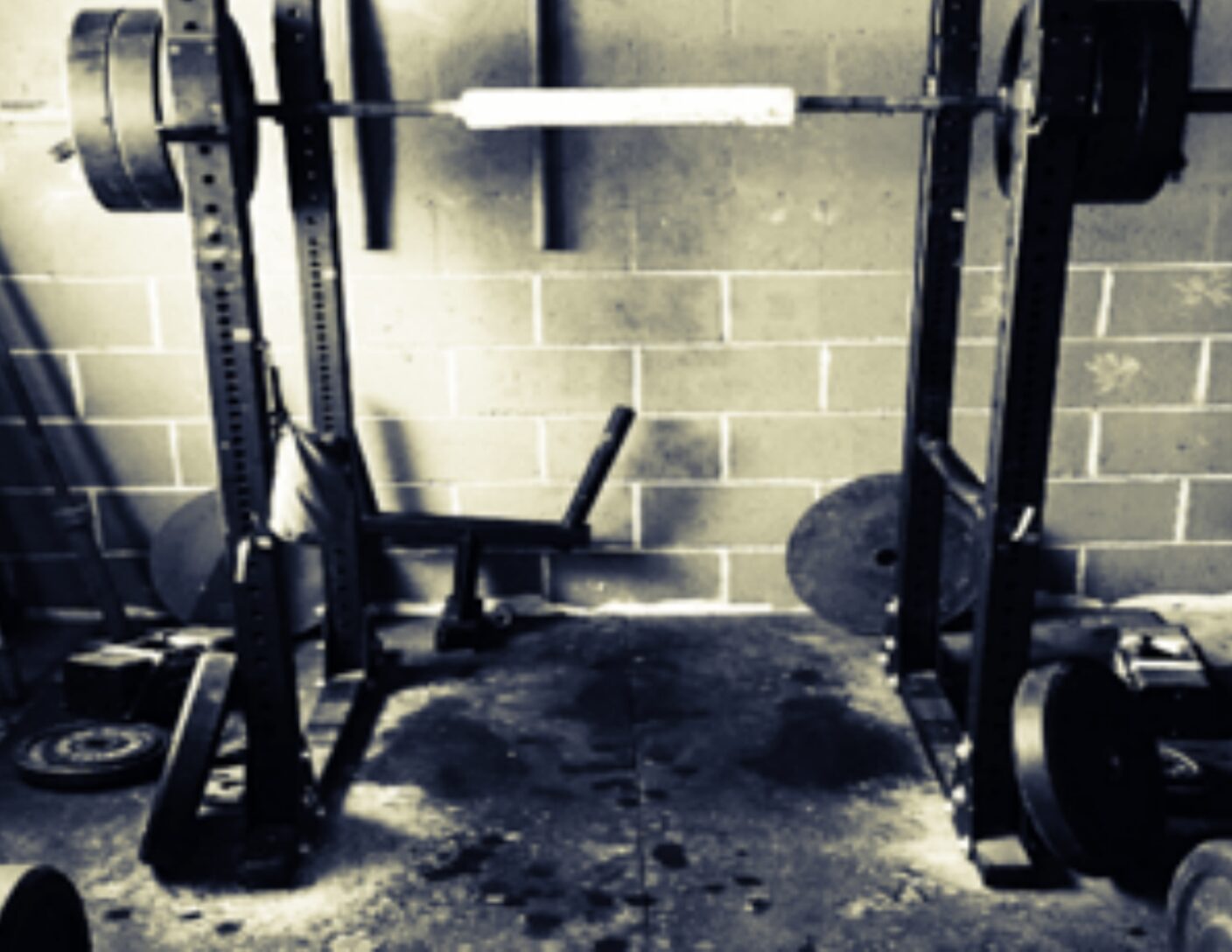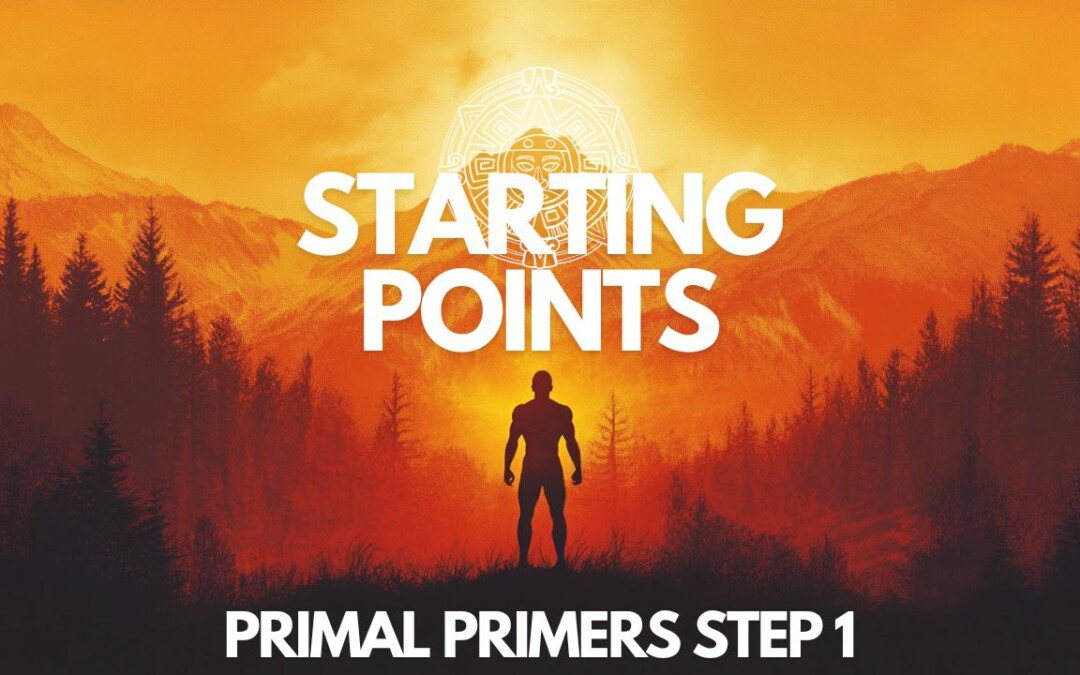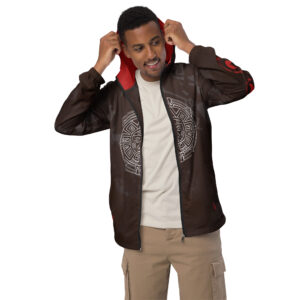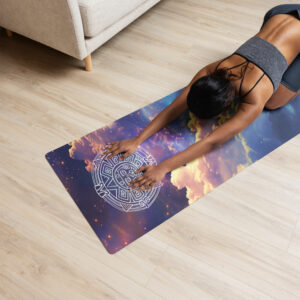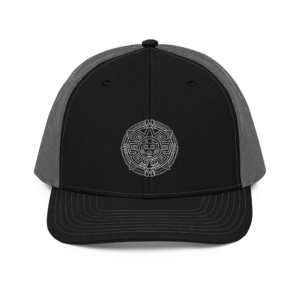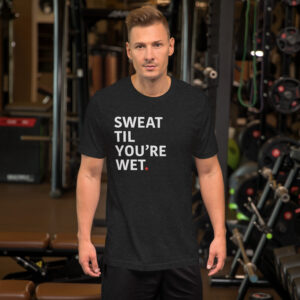The corner stone of any periodized training program is the squat. Yet for many, this exercise leads directly to numbers of pathologies of the low body, often harassing knees, low back, & spine. Much like a power tool, squats can handily increase ones scalability in building or destroying. And with some training, you can master the strategic breakdown and build up of muscle tissue while engendering peak performance. Conversely, with improper form, imbalances, synergistic dominances, and a myriad of pathologies can ensue over time from scaffolding strength on a faulty unleveled foundation. Don’t be victimized by the technology of the squat, be built from it.
With the below Pre-Game Protocol for your squat, we will prime the body at the neurological and musculature level promoting the most efficient force production while facilitating maximum safe load adaptations. Within the below compendium are tools that will prime proper form while addressing with pre-hab any potential range of motion issues. These exercises will mesh the mind body nexus and facilitate training efficiency.
A large component of training success and carryover to goal is consistency. This protocol will provide tools for continued injury free training while catalyzing efficient movement for maximum adaptations. The below work is the pre-game to prime the body for squat work or any variations included in low body regimen. Some of the below exercises may also be loaded with weight and added to the days work or utilized in a purely active recovery workout.
Core Prep: Supine Drawing In
This movement is designed to cue bracing while under load which will serve to activate the TVA (transverse abdominous) while protecting the spine when under load.
Start in supine position on floor with feet flat. Take a deep lower belly breath in and exhale to empty; at this end range brace the stomach bearing down much like one would if about to be gut punched by a drunk uncle. Further this by flattening the L-spine to the ground. Return to starting position with a breathing cadence and tempo (use this as a time to meditate on the punishment and gains that are to be had).
Posterior Chain: Glute Bridge
Hip flexors are often synergistically dominant over the more powerful glute muscles (a muscle that should be primarily used in squatting movements). Glute bridges will wake up glutes, avoiding overwork to said hip flexors, low back, and hamstrings. A sedentary work environment often also leads to tight hip flexors and latent glutes.
Lie in the supine position with feet flat and hands out 45 degrees flat for balance / base. Brace core thrusting hips into the air contracting the glutes at end range; keeping thighs in straight line with upper body. Slowly lower, and repeat 10 reps. Progression with hip band or med ball squeezed between thighs depending on weakness in adductors or abductors.
Ankle Mobility: A-Glides
Training mobility of the ankle will help prevent knee and achilles tendon issues. Many athletes and warriors accumulate various issues that beginning in this base. With lacking ankle mobility (ability of low leg to slide frontward over foot), the northern kinetic chain compensates destroying proper form. Effects from this imbalance and resulting full body compensations have long lasting implications. Meditate deeply on the importance of cultivating ankle mobility.
Start in seated position with foam roller perpendicular to the low legs where calf meets the knees. Straighten the legs and lean forward to grab the roller with both hands. Pushing down with legs on the roller, pull back slowly with the arms (creating a pull against the calf and connective tissue). Lean forward, point toes forward (plantarflexion) and flex gastrocnemius and hold contraction. Reverse out and pull toes toward body (dorsiflexion). This will stretch the calf, while contracting the front of the shin (anterior tibialis). 5-7 second holds. 10 reps.
Posterior Chain Core Prep: Bird Dog
Posterior chain stability & low back / spinal erector resilience.
Start in quadruped position with knees in line with feet on active toes. Hands are shoulder width apart ‘screwed’ into ground for stability. Draw naval inward with lumbar spine in neutral position. Extend fist forward along the side of head with strong irradiation in tandem with contralateral leg similarly extending back with strong contraction in glute. Keep chin tucked, and resist arching of back. 3:1:3 tempo; 5 reps each side.
Posterior Chain Cue: Hip Hinge->Squat
Focus from this motion will create awareness on foot position and irradiation of using the feet to grip the ground, deep hip squatting, while integrating the hip hinge and squat movements cohesively.
Start with feet shoulder width apart, push butt backward and hinge towards the ground with neutral spine. The hamstrings remain lengthened & straight. Should feel a stretch while lowering upper body towards being perpendicular with ground. After achieving end range of the hinge, transition to squat by keeping weight back, sinking butt down to the end range of squat (this bottom will depend greatly on mobility and body type). Equally reverse out both squat and good morning motion to standing simultaneously. 12-15 reps.
Hip Flexor Opening & Knee Protection: Body Weight Split Squat
Balancing and strengthening knee unilaterally through the split squat; opening up the low body through full activation of strength through length; challenging hip flexor demand end range to ensure no detriments to deep squat.
Start in a a split lung position; Degrees of forward backward leg separation and position will depend on body type, flexibility, & mobility. (from both legs shoulder width standing, take a large step forward with single leg seeking KOT, rear leg will naturally lower as front knee slides forward over toes). Front leg will lean into a KOT position with aim of same leg’s calf touching hamstring (heel may lift). Rear leg will seek knee to lower just above floor; weight distributed heavily on ball and toes her (FHL conditioned). Upper body will straighten in upright position. If done correctly, one should feel an incredible stretch in the hip flexor. 3 sets of 5 each leg.
Full Body Mobility: BW Cossack Squat:
Strength through length maxim focus move: promotes mobility through the ankles, hamstrings, hips, and AB & AD-ductors.
Start with feet 2x shoulder width. Shift weight to one side bending heavily into the knee while extending the other leg straight out (toes up or foot flat). Keeping the upper body upright, the bent knee foot will strive to remain flat. Return to standing position and replicate movement on other side. Slow and controlled. 10 reps each leg.
-Use For Olympic Style Squats / Clean & Press-
External Shoulder Opener: Banded W
Training range of motion and stability through external rotation. Olympic lifts with bar above head will assiduously challenge mobility and without proper preparation will instigate many distortion patterns and eventual injuries.
Standing with elbows tucked in armpits, hold a resistance band (elite FTS bands are great) palms up mid level of body. Shoulders will be pulled back and down / depressed with chin tucked in. Rotate forearms away from body laterally until hands are pointing out to the side of body. Reverse out with 3:1:3 Tempo. 10 reps.
Shoulder Flexion: Band Pass Through
Develops and expands range of motion for shoulder flexion while cueing scapular movement and throacic extension. Use unweighted bar or resistance band.
Standing with tool in both hands overhand. Raise to eye level. Extend arms overhead shrugging shoulders up to rotate scapula. Once band is behind the head, scapular will lower and retract. Stretch should be felt in front of shoulders. Reverse out with 3:1:3 tempo. 10 reps.

